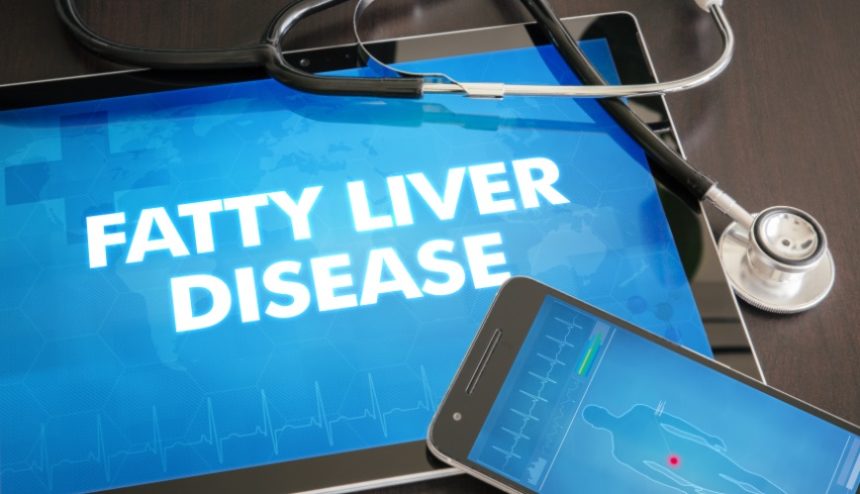
by Robert Montenegro, M.D., Family Medicine and Bariatrics
The condition, nonalcoholic fatty liver disease (NAFLD), is now the most prevalent chronic liver disease worldwide. Many people think that only heavy drinkers get liver disease—believing that if they are social drinkers or abstain entirely, their liver will stay healthy. However, an estimated one in four adults in the United States unknowingly has (NAFLD). One reason is that NAFLD doesn’t usually have symptoms. If diagnosed early though, this chronic liver disease can be treated and managed before it progresses.
Vital Functions of the Liver
What does the liver do? The liver digests food and processes the blood after it leaves the stomach and intestines. As the liver filters the blood, it creates nutrients, and if medications have been taken, it makes them easier or less toxic for the body to use.
Liver Disease
There are more than 100 types of liver disease. These conditions can be attributed to genetics, obesity, infections, a virus, medications, street drugs, or alcohol. The onset may not be noticeable, but signs include:
- Yellowish skin and the whites of the eyes (jaundice)
- Swelling and pain in the abdomen
- Swollen legs/ankles
- Itchy skin
- Dark urine
- Light-colored stool
- Fatigue
- Nausea/vomiting
- Bruising
- Lack of appetite
Annual screening with your doctor can determine your risk for fatty liver disease and prevent liver disease from progressing.
What are NAFLD and NASH?
When the buildup of fat in the liver is not caused by alcohol abuse, the condition, which affects 25% of adults in the U.S., is called nonalcoholic fatty liver disease (NAFLD). It is a general term for a range of conditions in which extra fat is stored in the liver, making it harder for the liver to do its job. There are two different types of nonalcoholic fatty liver disease.
Simple fatty liver is a form of NAFLD with excess fat in the liver, but it isn’t damaging the liver cells. Typically, it doesn’t progress.
20% of those with NAFLD (5% of adults in the U.S.) have a more severe condition called nonalcoholic steatohepatitis (NASH). In addition to having extra fat in the liver, the liver is inflamed. This may progress to irreversible cirrhosis – permanent scarring and hardening of the liver. Cirrhosis usually develops over the course of several years and, untreated, can lead to liver failure.
Medical experts don’t know precisely why some people accumulate fat in the liver while others do not. Similarly, there is no clear understanding of why some individuals with fatty livers develop NASH. However, some conditions increase one’s risk of getting NAFLD.
Those more at risk for NAFLD include individuals diagnosed with:
- Type 2 diabetes
- Obesity/overweight
- High cholesterol
- High blood pressure
- High triglycerides
- Sleep apnea
- Underactive thyroid (hypothyroidism)
- Underactive pituitary gland (hypopituitarism)
Screening and Preventing Nonalcoholic Fatty Liver Disease
Regular screening is key. Contact your physician if you are concerned about your symptoms or have any of the risk factors for nonalcoholic fatty liver disease. If NAFLD is diagnosed and managed in its early stages, proper diet and exercise to reduce the fat in the liver may prevent it from potentially developing into NASH – nonalcoholic steatohepatitis.
Of course, prevention is the best medicine. To help prevent nonalcoholic fatty liver disease, consistently: eat a healthy diet, exercise, maintain a healthy weight, drink a lot of water, limit alcohol consumption, use medicines exactly as prescribed, and get quality sleep. Read more about the numbers you should know for the best health. Keep your liver healthy!


